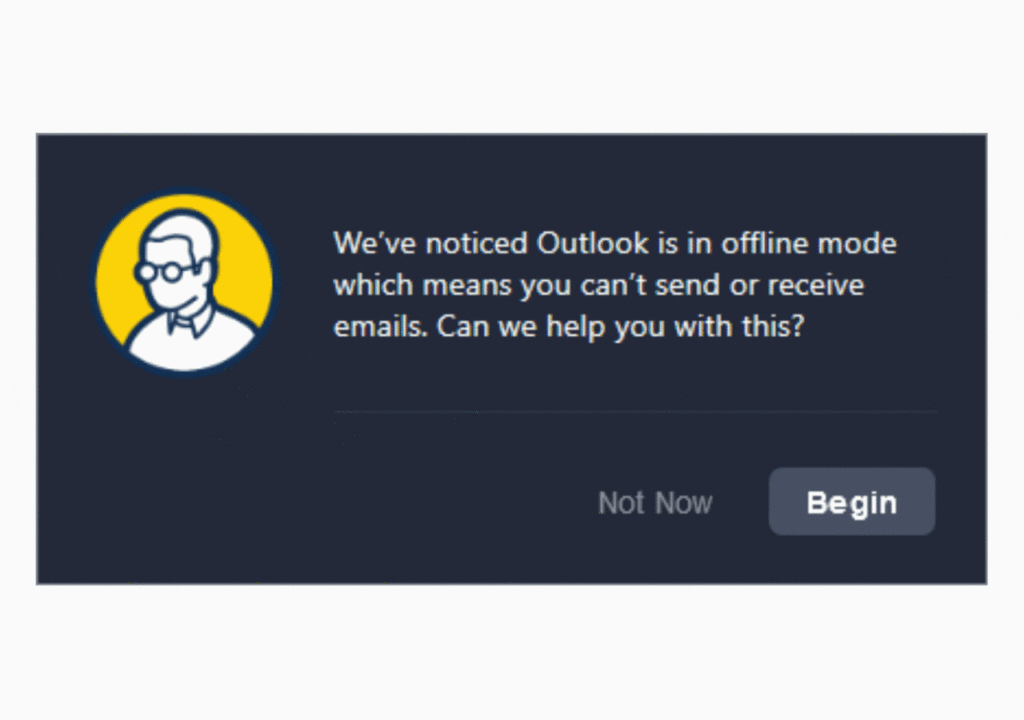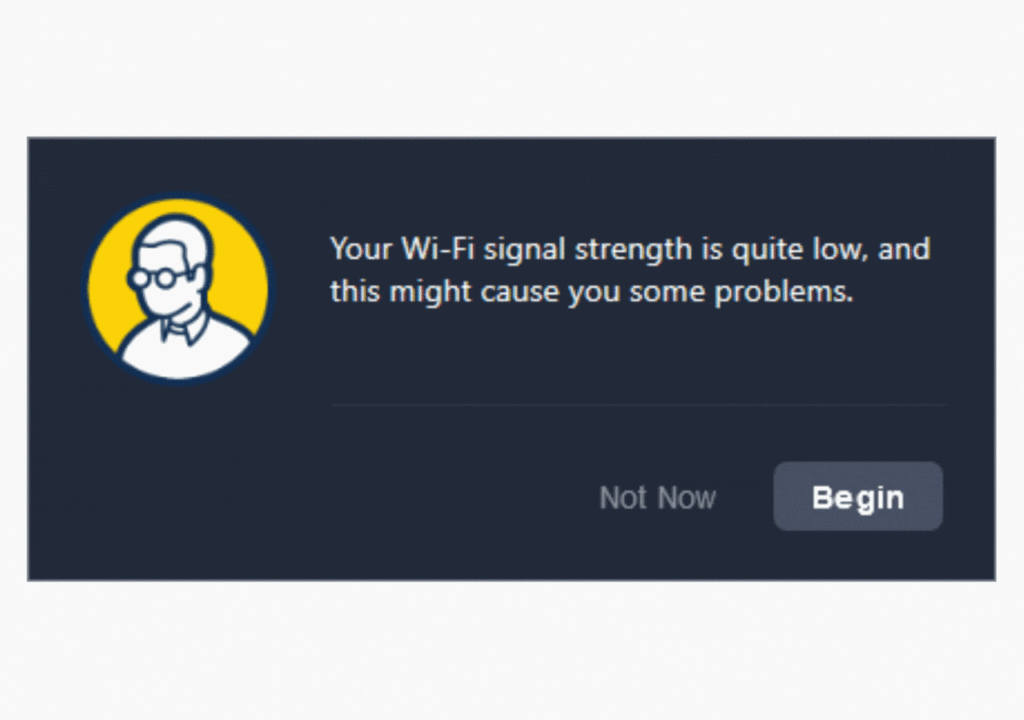
4 examples of how automated notifications can guide remote users to solve simple issues right away
In many ways, the best IT person is the type you won’t ever have to speak to.
This isn’t necessarily because their conversation starter tends to involve a 20-sided die or a PC that looks like Rainbow Dash, but the well-oiled, muted-hum of the IT machine should just that — muted. It works so brilliantly and efficiently; you don’t even know it’s there anymore. The bearded, coffee-swigging stereotype that uses words you don’t understand and the ninja have become one.
My prediction is that IT will become more and more enigmatic. With the uptake of more advanced AIOps tools — enabling greater detection, prediction, and automated remediation — this is of course something to celebrate. The downside is that it leaves IT looking rather invisible or unappreciated.
In this article I want to provide some ideas on ways that this can be solved. One of the most popular ways is through engagements, an interaction triggered when something is detected and allows you to offer up some advice or a solution in a timely and contextually-important manner.
We’re not talking about the “empty your recycle bin” ideas of yesteryear — we’re all bored of hearing that one. Detection is the new black, and the more frequently you can detect, the more plentiful, powerful, and compelling the engagements become. Here are some of my personal favourites.
VIDEO
Introducing the Self-Help IT Portal
No Internet Connection
No network connection at all? This can be a nightmare for supporting remote workers as IT can’t necessarily visit their desk or access it remotely. Throw in a user who’s not particularly IT literate, and this call is going to sting. This could occupy an IT technician’s time for over an hour, not to mention the lost productivity of the user.
This is where an edge-based software architecture really comes into its own, as the brain is on the user’s device. No internet connection is required for this to work. There are a multitude of conditions that an agent can monitor and remediate to get the user back online, either automatically or through an engagement

Outlook in Offline Mode
It can happen to anyone, but when Microsoft Outlook ends up in offline mode — either by accident or on purpose — you might be forgiven for wondering why you’re not getting emails, which will harm your productivity and create a call to the service desk. So how can we address this without upsetting people who like having it in offline mode?
Let us start with a friendly demeanour and a recommendation that you no more than once a month, so as not to annoy users.

Wi-Fi Signal Strength
A busy household can lead to competition for desk space and the need to escape marauding children as they stampede down the hallway. The lure of sunshine might even pull those working at home into the garden, turning a once reliable and fast Wi-Fi connection into a flaking, dribbling mess owing mostly to the thickness or material of a wall you obviously never considered. Or there might be some other interference from a baby monitor or the next door neighbor’s intrusive new drone. (Smile for YouTube.)
This often means users don’t correlate poor performance to themselves having changed location and, as is tradition, it becomes the fault of IT and has nothing to do with Gary’s new drone. (Go away, Gary. No one likes you.)
High frequency monitoring of Wi-Fi signal strength therefore becomes a must to inform users when their performance could be impacted. You can’t automate a fix for this, but you can surely advise them it’s happened and offer up some handy tips.

Unencrypted External Drives
Trying to strike that balance between security and not impeding users can be a challenge. Users want the latitude to work in ways that make them more productive, but they don’t always understand the security implications of doing so. And that fleeting moment of cutting a corner can lead to a catastrophe.
In this example, powerful and frequent detection combine to provide a contextually appropriate and timely intervention to a user that might be getting ready to copy corporate IP or sensitive information to one of the worst possible places: a USB drive.

No Limits with Engagements
The interesting thing I’ve found about SysTrack Engagements, part of Lakeside Software’s Digital Experience Cloud platform, is that you’re imagination-bound more than anything else. From a technical perspective, your only constraint is whether something can be used with PowerShell or similar. And even then the answer is probably “yes,” and further to that could only be a Google search away.
As I mentioned, these are just some of my favourite ideas, but Lakeside has more than 800 detections that can trigger an engagement (or “sensors,” as we like to call them) and these are growing monthly. We’re just starting our journey toward greater engagements, and I’m looking forward to what other innovations the future brings.
Discover More About Employee Engagements
Learn how Lakeside’s Digital Experience Cloud can help IT detect issues and provide solutions for users. Request a custom demo today.
Subscribe to the Lakeside Newsletter
Receive platform tips, release updates, news and more



